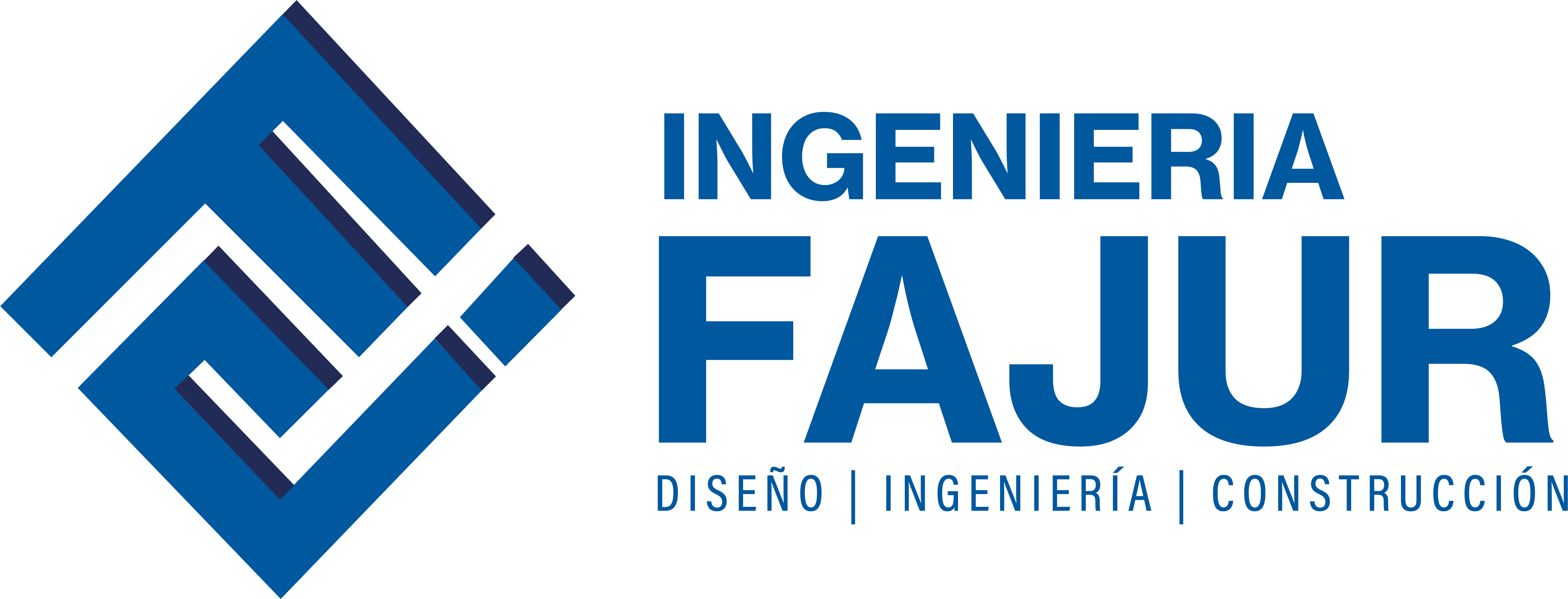Adding restricted access to an encrypted record-keeping ledger appeals to certain organizations that work with sensitive information, like large enterprises or government agencies. The first cryptocurrency was Bitcoin, which was first released as open-source software in 2009. Before TechCrunch, Ingrid worked at paidContent.org, where she was a staff writer, and has in the past also written freelance regularly for other publications such as the Financial Times. Ingrid covers mobile, digital media, advertising and the spaces where these intersect. https://orbi-fina.com/ investment company Theta Capital described AI x crypto as «the inevitable backbone of AI,» in a recent «Satellite View» report, which explored insights and outlooks from the sector’s prominent investors.
- “Reputation scores both for businesses and individuals are today siloed into different platforms, and there is very little portability across platforms.
- Blockchain is a decentralized digital ledger that stores data across a distributed network.
- Hurdles remain, especially with the transaction limits and energy costs, but for investors who see the potential of the technology, blockchain-based investments may be a bet worth taking.
- Wegner[157] stated that «interoperability is the ability of two or more software components to cooperate despite differences in language, interface, and execution platform».
Private blockchains provide more privacy, but the lack of transparency can raise trust issues among participants. Organizations across various industries use blockchain-based applications as a secure and cost-effective way to create and manage a distributed database and to maintain records for all types of digital transactions. As a result, blockchain is increasingly viewed as a way of securely tracking and sharing data among multiple business entities. A few years after first-generation currencies emerged, developers began to consider blockchain applications beyond cryptocurrency. For instance, the inventors of Ethereum decided to use blockchain technology in asset transfer transactions.
NFTs
Every business and organization engages in many types of transactions every day. You know your customers, your clients, your colleagues, and your business partners. Having worked with them and their products, data, or information, you have a pretty good idea of their value and trustworthiness. Your other options are to purchase digital assets such as cryptocurrencies or NFTs. Note that the crypto world is largely unregulated, so scams and fraudulent activity are frequently reported. Plus, cryptocurrencies and their underlying investments are highly volatile (i.e., prices tend to swing violently).
All you have to do is customize existing blockchain technology, which makes blockchain adoption faster and more efficient. Quorum is an open-source blockchain protocol that is derived from Ethereum. It is specially designed for use in a private blockchain network, where only a single member owns all the nodes, or in a consortium blockchain network, where multiple members each own a portion of the network.
Key Points
Once the participants have reached a consensus, transactions on the blockchain are written into blocks equivalent to the pages of a ledger book. Along with the transactions, a cryptographic hash is also appended to the new block. If the contents of the block are intentionally or unintentionally modified, the hash value changes, providing a way to detect data tampering. Companies use smart contracts to self-manage business contracts without the need for an assisting third party. They are programs stored on the blockchain system that run automatically when predetermined conditions are met. For example, a logistics company can have a smart contract that automatically makes payment once goods have arrived at the port.
Data Storage
These trees are a computer science structure for storing data by linking blocks using cryptography. Scott Stornetta used Merkle trees to implement a system in which document timestamps could not be tampered with. A blockchain system establishes rules about participant consent for recording transactions. You can record new transactions only when the majority of participants in the network give their consent.
How Does Blockchain Work?
Even if you make your deposit during business hours, the transaction can still take one to three days to verify due to the sheer volume of transactions that banks need to settle. Perhaps no industry stands to benefit from integrating blockchain into its business operations more than personal banking. Financial institutions only operate during business hours, usually five days a week. That means if you try to deposit a check on Friday at 6 p.m., you will likely have to wait until Monday morning to see the money in your account.
The nature of blockchain’s immutability means that fraudulent voting would become far more difficult. For example, a voting system could work such that each country’s citizens would be issued a single cryptocurrency or token. Currently, tens of thousands of projects are looking to implement blockchains in various ways to help society other than just recording transactions—for example, as a way to vote securely in democratic elections.
